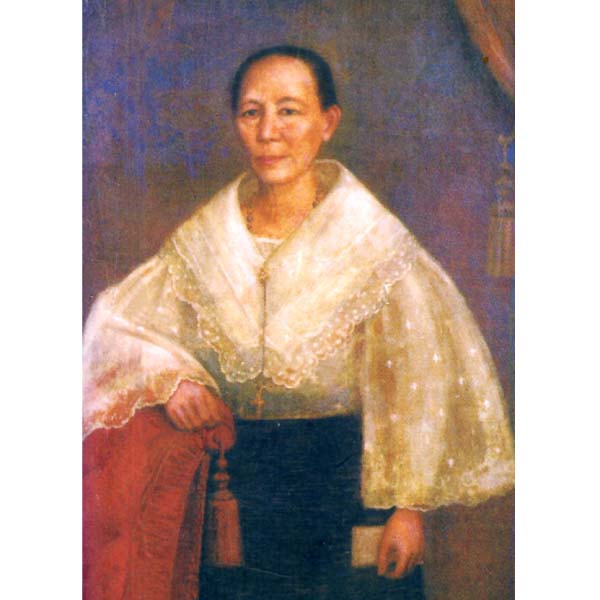Discussing the rice traders of 1862 in his great work Feeding Manila, in Peace and War: 1850-1945 (Ateneo Press, 2016), professor emeritus Daniel F. Doeppers narrates:
Doña Cornelia Lao Chanco (1819-1900) was one of the Manila consignees in 1862. Born to Chinese mestizos in Binondo, Manila in 1836, she was married to Tomas Ly-Chauco, an immigrant Hokkien from Tong’an in Amoy (now Xiamen). Widowed in 1857 while still in her 30s and residing in Binondo with five children, she continued his business. Ultimately, she married twice more, in each case to an immigrant businessman from Xiamen area, and outlived both husbands.
Cornelia is known to posterity as the progenitor of the prominent extended family known as Lichauco, whose entrepreneurship in the food supply of Manila over multiple generations is remarkable.
Doeppers continues:
Remarried in 1872, having reoriented her interests, she invested in urban properties developed as accesoria (simple apartment building) rentals, especially in Binondo. In the 1870s and 1880s, she operated a farderia and warehouse complex in Tanduay section of Quiapo, Manila, where partially refined brown (pilon) sugar was spread out on mats to dry in the sun and then sacked by degree of purity (color) for sale and export, resulting in a product that was more valuable per pound but still not fully refined and thus dutiable abroad at a low rate.
She sold the sugar to local British merchant houses rather than trying to export it directly. Such farderia typically employed scores of laborers, often Chinese; her family records that ‘at one time she employed 500 persons.’ During the cholera epidemic of 1882, her warehouses (camarines) were temporarily converted to a 150-bed emergency hospital. Doña Cornelia also bought and sold gold from Paracale in Camarines Norte, loaned money on agricultural lands and acquired rice and sugar land in Arayat, Pampanga.
Later in life, she maintained a pleasant personal home along the Pasig River in Sta. Ana, on Manila’s outer fringe. She is remembered in the family as a formidable businessperson and matriarch – “Lola Grande” – but she did not re-enter the rice trade.
To be frank, we had seen Lola Grande’s portrait years ago. It was an oil painting her great-great-granddaughter Nelly (her tokayo Cornelia Lichauco Fung) gave to Bahay Tsinoy Museum when she launched Beneath the Banyan Tree: My Family Chronicles, her book about the prominent Lichauco family, at the Kaisa Heritage Center in 2009. But our attention back then was more on the Lichauco side – her first husband Tomas Ly Chauco and his heirs.
We didn’t have any idea about Lola Grande’s skillful entrepreneurship and accomplishments in business. We didn’t even know she married twice after the death of her first husband and still outlived both her second and third husbands.
What a great legendary Chinese mestiza businesswoman whom no other woman from the second half of the 19th century could match. Even among male businessmen, few had achieved the status Lola Grande acquired. Truly amazing for a female at the time.
